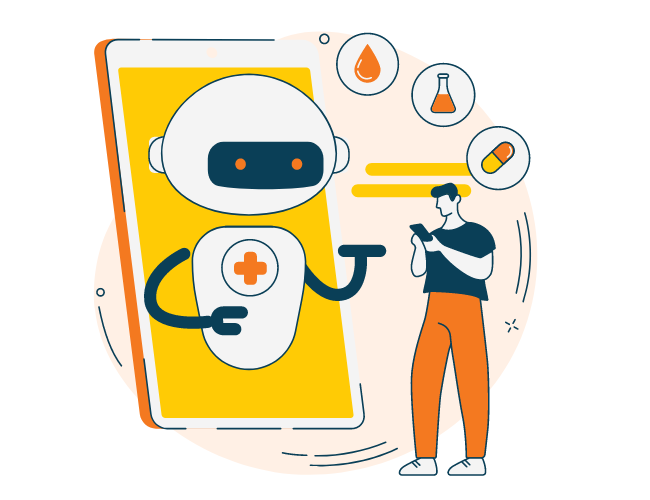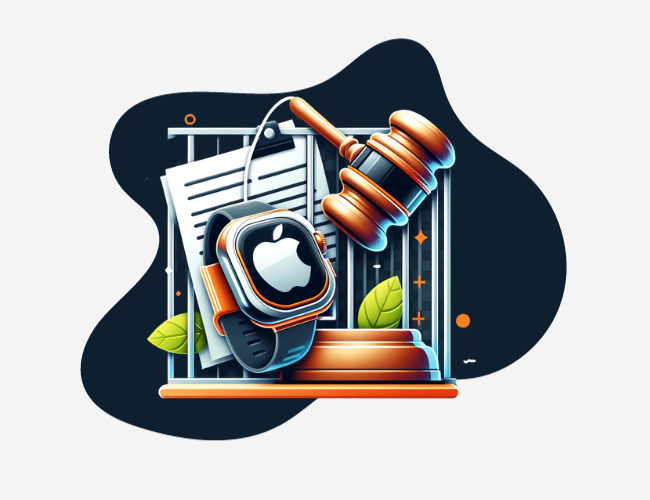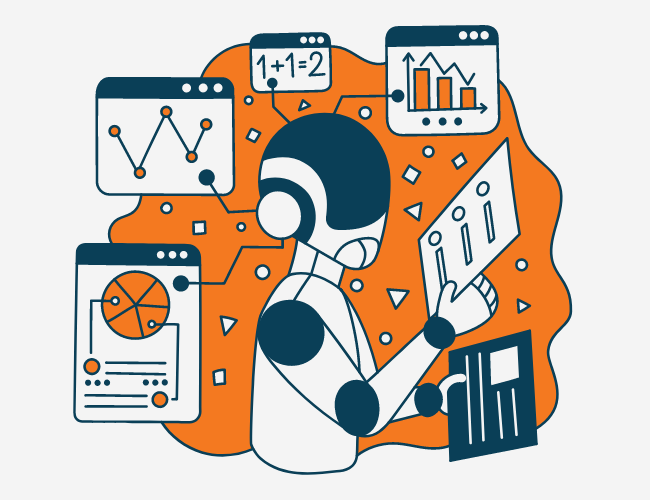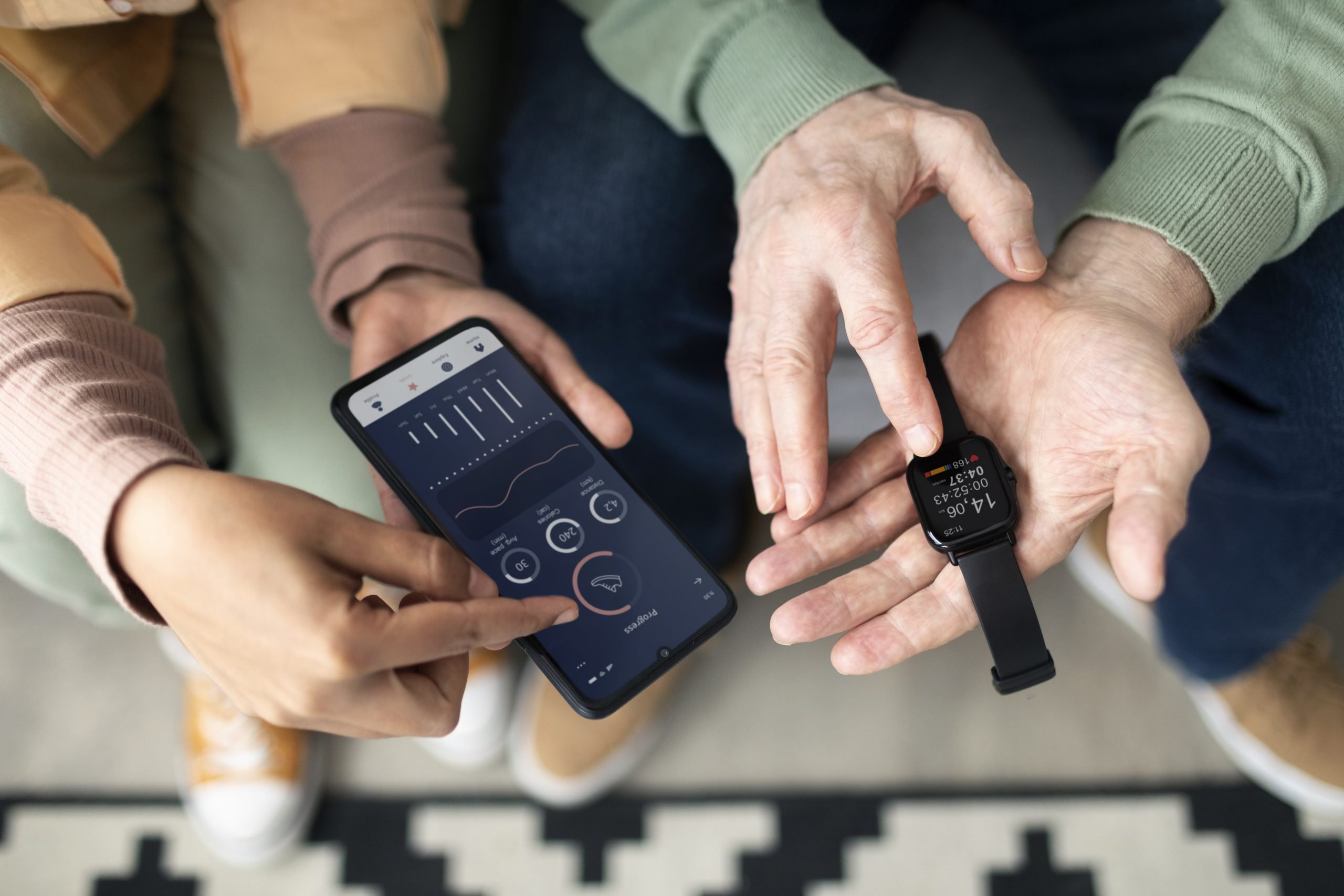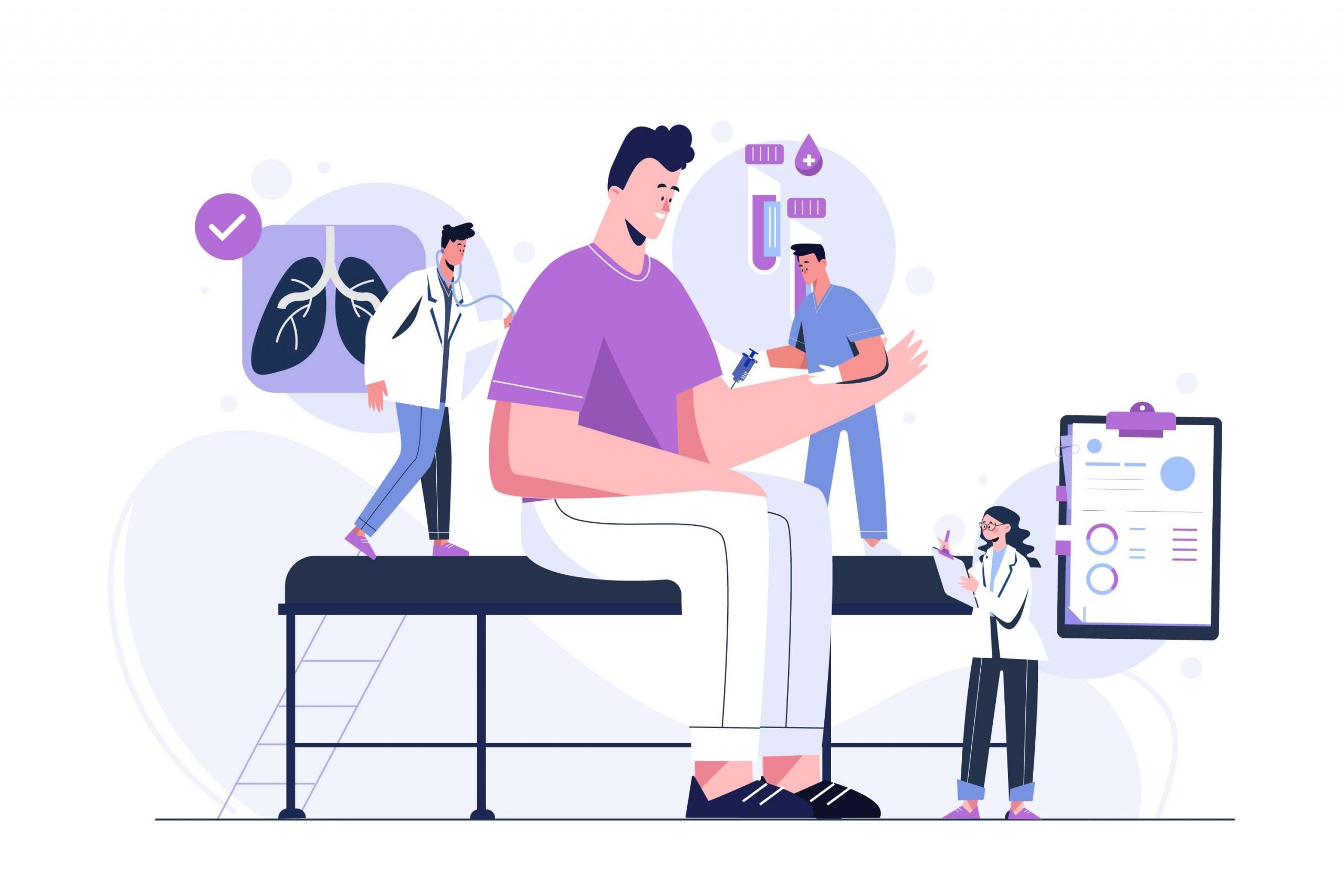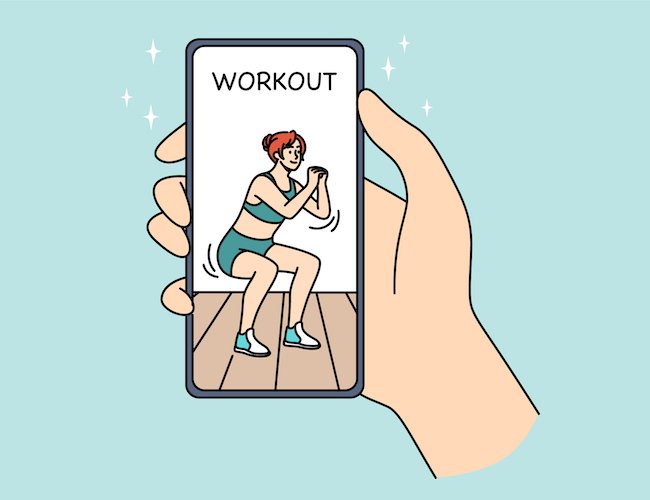The advent of smartphones and mobile apps have revolutionized the operations of industries and the daily lives of individuals across the world. No one disputes the economic and personal gains afforded by these technologies. However, these technologies have not exclusively delivered a positive impact. Research has shown that mobile technologies are also impacting health and not in a good way. The adverse health impacts range from unsanitary devices, increased likelihood of accidents, sleep disturbances, poor communication, and mental health ailments, such as stress and addiction. Like most technologies, the benefits can greatly outweigh the costs when used properly. For example, the negative impacts of smartphones can be greatly mitigated by regularly cleaning a device, choosing to not multi-task with a smartphone, and limiting usage.
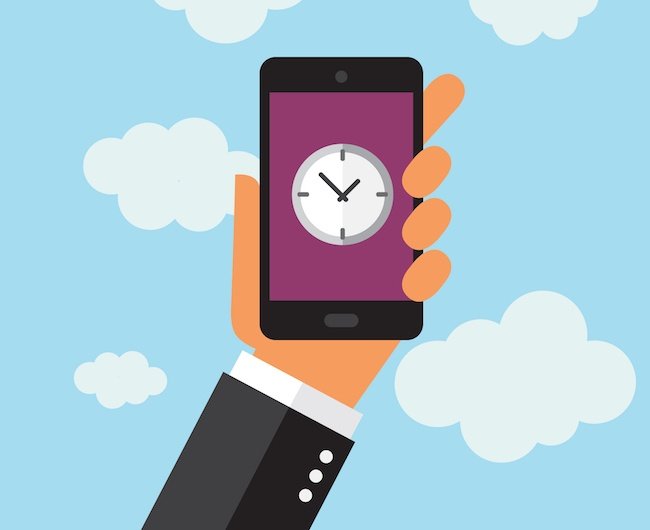
At its I/O developer conference, Google announced a new suite of tools for its latest Android platform to help users better manage their screen time. While these features are not a panacea to all the health problems created by smartphone usage, they certainly go a long way in assisting individuals in making healthier decisions.
The biggest change is a new dashboard that tracks a user’s smartphone usage. Labeled under the “digital wellbeing” banner, users can see how many times they’ve unlocked their phones, how many notifications they get, and how long they’ve spent on certain apps. Developers can also add in ways to get more information on app usage. For example, YouTube will show total watch time across all devices in addition to just Android devices. Expect developers to leverage this data in a number of ways, including wellbeing through screen time management.
During the conference, Google elaborated on what drove the launch of this feature, which was “meaningful engagement”. Meaningful engagement is focused on reducing the kind of idle screen time that might not necessarily be healthy, such as smartphone usage prior to going to bed. Below is a summary of the features that will be used to drive meaningful engagement for Android users.
- Do Not Disturb Mode – Rather than having to manually set a phone to do not disturb mode, users can automatically engage do not disturb by simply turning their phones over, a gesture that Google is calling “shush”. Google is also reducing visual notifications in addition to texts and calls when do not disturb is activated.
- “Wind Down” Mode – This feature changes the screen color to a grayscale and lowers the brightness over time. It is geared toward helping people put their phones down when they’re going to bed.
- Time Limits – Users can set time limits for certain apps. Android will nudge them when the time limit is approaching, and once the time limit is hit, the app will turn gray on the launcher in order to indicate that the user exceeded the screen time limit they set up for that app.
Collectively, these features will help individuals manage usage of their phones, especially at critical moments in a day, such as right before bed and after excessive use of certain apps. Like most technologies for wellbeing, a user still needs to take initiative and ownership in their health for them to be effective. The same way Fitbit can’t make someone be more active, Android cannot limit smartphone usage to healthy amounts without a willing individual. Both technologies, however, can make it easier to improve health. Kudos to Google for the update!



